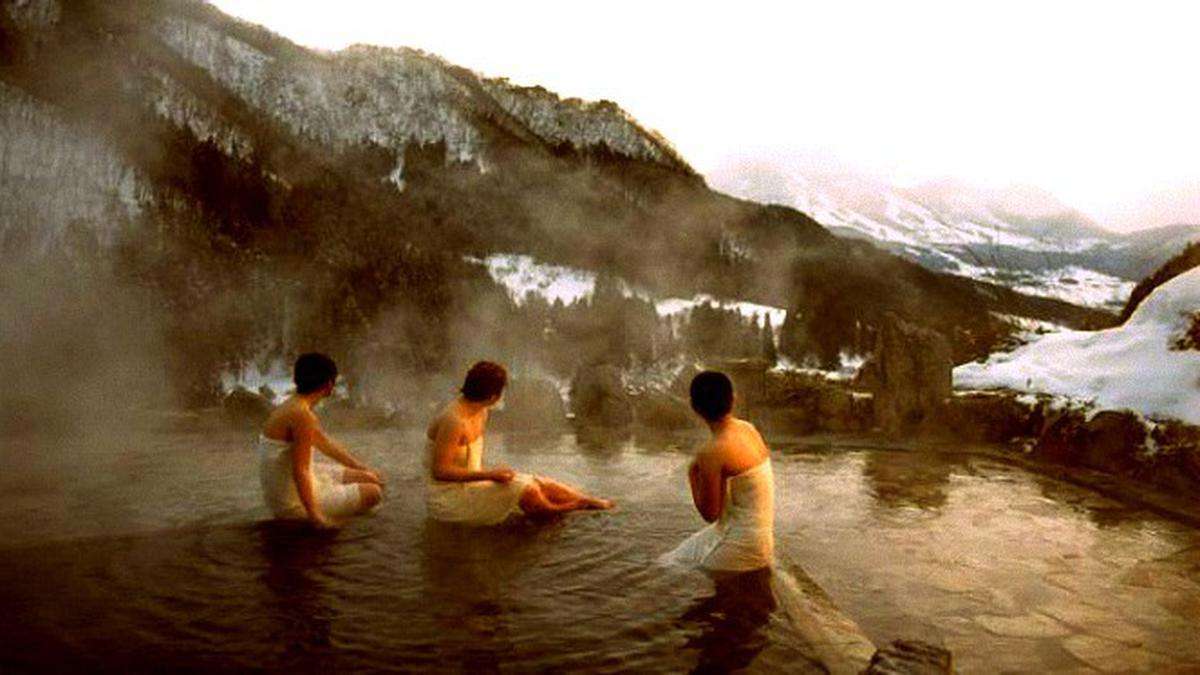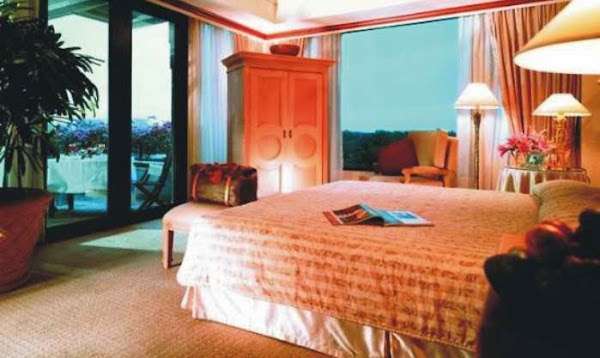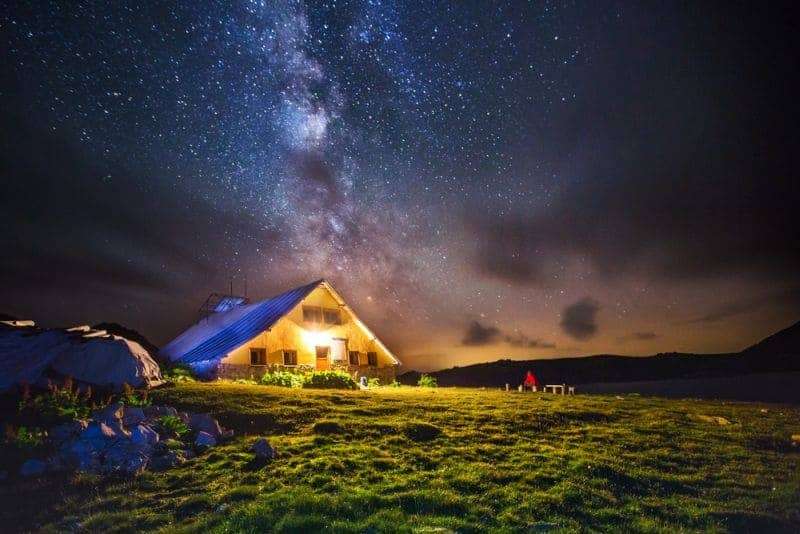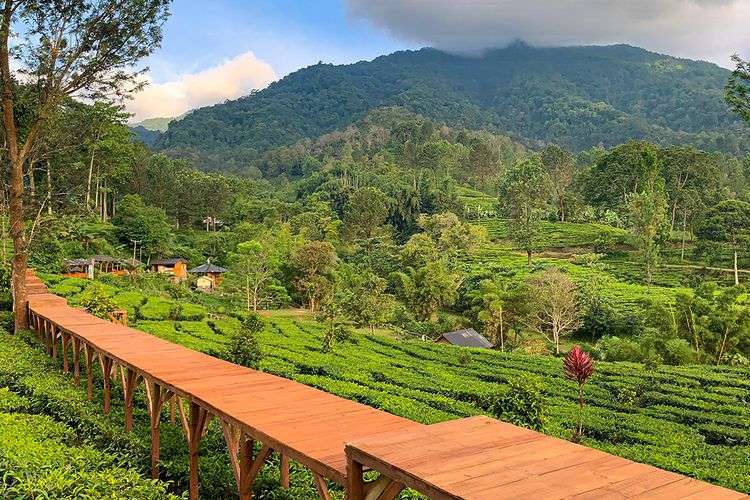HOME
 Onsen (Pemandian Air Panas) dan Sento (Pemandian Umum)
Onsen (Pemandian Air Panas) dan Sento (Pemandian Umum)
Date published: 13 Februari 2020
Setelah mengunjungi Jepang, tidak sedikit orang yang berpikir, “Orang Jepang benar-benar suka berendam, ya.” Dan pastinya, ada orang yang bertanya-tanya, apa perbedaan antara onsen dan sento, bukan? Oleh karena itu, kami akan memperkenalkan perbedaan-perbedaannya.
Perbedaan Onsen dan Sento

Yang disebut dengan sento adalah pemandian umum Jepang, sedangkan onsen merupakan pemandian yang air panasnya bersumber dari dalam tanah. Selain itu, menurut hukum tentang onsen, suhu air pada sumbernya harus di atas 25 derajat Celcius. Juga, agar dapat disebut onsen, harus terkandung setidaknya satu dari 19 komponen-komponen tertentu, seperti ion litium, ion hidrogen, dan lain-lain.
Makanan Juga Merupakan Salah Satu Keasyikan Wisata Onsen

Di Jepang terdapat kota-kota onsen yang terkenal yang sudah populer sejak dahulu, misalnya Atami dan Kusatsu. Di samping mengunjungi obyek wisata, tidak sedikit orang Jepang yang juga menjadikan onsen sebagai salah satu tujuan wisata saat bertamasya di dalam negeri. Di hotel atau penginapan yang ada di lokasi onsen yang populer, Anda tidak hanya dapat menikmati onsen, tetapi juga dapat menikmati makanannya.
Pemandian Tertutup dan Pemandian Alam Terbuka

Anda dapat menikmati berbagai macam onsen dan sento. Pemandian yang terdapat di dalam ruangan di penginapan merupakan pemandian tertutup. Di antaranya, yang populer adalah sento besar yang memiliki kolam pemandian yang luas. Selain itu, pemandian alam terbuka yang terletak di tempat yang tidak beratap juga merupakan salah satu pemandian yang sangat populer. Dapat menikmati pemandangan di luar sambil berendamlah yang menjadi daya tariknya.
Pergi ke Sento untuk Merasakan Budaya Masyarakat Pada Umumnya

Ciri khas sento ialah banyaknya orang dari daerah sekitar yang datang. Anda dapat merasakan budaya masyarakat awam seperti melihat sesama orang tua dari daerah sekitar mengobrol sambil berendam dan bersantai di ruang ganti.
Mengenai Sistem Sento

Awalnya, terdapat seorang banto (juru tulis) yang menjaga ruang ganti pria dan ruang ganti wanita. Kini, sento yang menggunakan banto telah berkurang, dan diganti dengan sistem pembayaran terlebih dahulu di resepsionis. Ada sistem yang mengharusnya penggunanya membeli tiket dari mesin penjual tiket kemudian diserahkan ke resepsionis, ada juga sistem yang biayanya langsung dibayar ke resepsionis.
Sento dan Super-Sento

Di Jepang, ada sento yang hanya untuk berendam dan ada juga sento yang disebut dengan Super-Sento atau Kenko Land (kenko berarti sehat), yaitu sento yang juga memiliki tempat untuk makan dan tempat untuk beristirahat. Di fasilitas ini, selain memiliki ruang untuk tidur siang, juga terdapat mesin pemijat, komik, komputer, bahkan salon kecantikan. Karena memberikan banyak pelayanan, biayanya juga lebih mahal dibandingkan dengan sento biasa.
Apakah Pakaian Renang Diperlukan di Onsen atau Sento?

Saat memasuki kolam di sento dan onsen di Jepang, pada umumnya dengan telanjang begitu saja tanpa mengenakan pakaian renang. Oleh sebab itu, pakaian renang tidak diperlukan saat memasuki kolam pemandian. Namun, di onsen yang banyak dikunjungi wisatawan, ada juga yang memiliki kolam renang air hangat. Meskipun terkena biaya, karena Anda dapat menyewa pakaian renang, Anda tidak perlu sengaja menyediakannya apabila Anda hanya berwisata untuk waktu singkat.
*This information is from the time of this article’s publication.
*Prices and options mentioned are subject to change.
*Unless stated otherwise, all prices include tax.
 Tokyo – Berumur panjang, sehat, dan memiliki kualitas hidup lebih baik, banyak dialami orang-orang Jepang. Semua itu karena satu kebiasaan sederhana; hampir 80% orang Jepang berendam air panas dalam waktu lama.
Tokyo – Berumur panjang, sehat, dan memiliki kualitas hidup lebih baik, banyak dialami orang-orang Jepang. Semua itu karena satu kebiasaan sederhana; hampir 80% orang Jepang berendam air panas dalam waktu lama.
Adalah Shinya Hayasaka, seorang dokter medis dan profesor di Tokyo City University yang telah mempelajari manfaat kesehatan dari mandi atau berendam di pemandian air panas alami atau onsen selama lebih dari dua dekade.
“Sekitar 20 tahun yang lalu, seorang perawat yang memberikan perawatan mandi di rumah kepada seorang pasien lanjut usia, menghubungi saya untuk meminta nasihat,” kata Hayasaka kepada DW, dilansir Selasa (29/12/2020).
“Dia prihatin karena pasiennya sering mengalami tekanan darah tinggi, dan sulit untuk memastikan aman tidaknya untuk berendam air panas. Saat itu belum ada penelitian ilmiah yang dilakukan untuk menjawab pertanyaan itu, dan menurut saya diperlukan bukti berbasis sains.”
Makalah pertama Hayasaka diterbitkan dalam The Journal of Epidemiology pada Mei 1991. Makalah itu membahas perlunya pemantauan yang cermat terhadap orangtua yang mandi air panas, tetapi ia memperluas penelitiannya ke dalam budaya berendam harian di Jepang.
Experience Japan’s hot springs and get to know Japanese bathing culture
Located on the Pacific Ring of Fire, Japan is home to some of the world’s best hot springs. After days of exploring the country’s cities or countryside by foot, a dip in one of these traditional baths is the perfect antidote, and there are plenty of natural water spots to choose from.
Tips
- Wash yourself thoroughly in the shower area before you enter the baths
- Leave your jewelry at home — the minerals in the water can cause it to change color
- Tattoos are forbidden in most hot springs — check with the facility before going
Take a bath Japanese-style

Most facilities have separate baths for male and female guests, indicated by marks on split curtains. Inside, you will find a dressing room where you can leave your clothing and personal items. There’s no need to bring anything as most facilities have an array of cleansers, washes and scrubs for guests to use. You can take a small towel to cover up, but it should not be placed in the water.
Near the dressing room is the shower area. Each stall is equipped with shampoo, conditioner and body wash, as well as a stool and bucket. Take a seat, and pour hot water over yourself using the bucket. Wash thoroughly and be mindful not to splash others. Once you’re clean, you can enter the baths. Note that children cannot bring toys into the bath. The water in hot spring baths is usually around 40 degrees Celsius, so take regular breaks to ensure you don’t overheat.
Get dressed up in yukata

When checking in to the onsen or the traditional Japanese-style inn known as ryokan, you will be given a yukata to wear while walking around the common areas of the facility. You can even wear it outside with geta — traditional Japanese sandals. Be sure to hand it back when checking out.
Enjoy medicinal effects

Many Japanese hot springs are known for their medicinal effects and have long been used to invigorate tired bodies and spirits. But you should know that not all Japanese baths are the same. Depending on the source, the minerals in the hot spring can change. This water type soothes muscle pain, joint stiffness, colds, hemorrhoids, cuts, burns, overall fatigue, and other ailments.
You may have also heard of sento or public bathhouses. These are different from onsen because they use standard water rather than natural hot spring water.
Hot spring villages set in lush countryside, with fine traditional inns and crafts
Between the coast of the Japan Sea and Mt. Hakusan is the 1300-year-old hot spring resort town of Kaga Onsen in southwestern Ishikawa. This town is built around four onsen villages. Kaga Onsen offers high-quality natural onsen waters, traditional Japanese craft, authentic nature walks, and sumptuous local, regional specialties. This is the ultimate place to relax. Just come and hop in the baths.
Don’t Miss
- Hot spring-hopping in the four nearby towns’ public baths
- Trying your hand at traditional crafts, like Kutani pottery and Yamanaka lacquerware
- Sampling a variety of local food sourced from the sea and the rich, fertile mountains
How to Get There
Ride into Kaga Onsen Station, the hub of the area. A 25 to 30-minute train ride or an hour’s drive southwest of Kanazawa.
Ride the Hokuriku Shinkansen to Kanazawa Station (2 hours, 30 minutes) and then change to a limited express train (25 minutes). From Tokyo, ride the Hokuriku Shinkansen to Kanazawa Station
(2 hours, 30 minutes), changing to a limited express train (25 minutes). The limited express Thunderbird and limited express Shirasagi connect Kanazawa and Kaga Onsen in 25-30 minutes.
From Kyoto, the limited express Thunderbird also connects Kaga Onsen in about 2 hours and 15 minutes. From Nagoya, take the shinkansen to Maibara and change to the limited express Shirasagi bound for Kanazawa, which takes about two hours.
The Can Bus from Kaga Onsen Station takes visitors to major sites. Choose the mountain route or the sea route, or the Komatsu Airport Line.
Healing waters
Kaga Onsen Kyo is made up of four hot-spring villages: Yamashiro Onsen , Yamanaka Onsen
, Awazu Onsen
and Katayamazu Onsen
. Each onsen town has its own public bath at the town center. Some of them have been completely modernized, while others are reminiscent of the Meiji era (1868-1912) in their special decorative styles.
The hot springs of Kaga Onsen were discovered by the Buddhist monk, Gyoki, on a pilgrimage in the eighth century. They have since been praised as some of the best in Japan, with healing properties that improve digestion, relieve muscle pain, and alleviate skin diseases.

The birthplace of kutani ceramics
Kutaniyaki, a distinct type of Japanese porcelain, flourished in Ishikawa during the Edo period (1603-1867), when wealthy samurai and merchants from the Daishoji and Kaga families supported the development of the regional arts. You can recognize this style from its distinct patterns and use of vivid colors — particularly bright reds, greens, yellows, purples and blues. It was exported to Europe in large quantities after 1873. At the Ishikawa Prefecture Kutaniyaki Art Museum south of the city and the Kutaniyaki Exhibition Hall in Yamashiro Onsen , you can see collections of the pottery and ruins of a multi-level kiln.


Living legends and up-and-coming artisans
Many artists are based in Kaga Onsen today and have perfected their craft over several decades. Woodturning and lacquerware are very closely related, and the woodturner Ryozo Kawakita residing in Yamanaka Onsen was designated a Living National Treasure in 1994. These artistic traditions are being carried on by younger artists living in the Kaga region
, particularly ceramicists, who are reshaping tradition with more contemporary pieces. You may be able to see their work at art fairs and exhibitions in Kaga Onsen as well as Kanazawa
.
Make the most of your stay
Staying one or two nights at one of the traditional ryokan is the best way to explore Kaga Onsen’s hot spring villages. Give yourself one or two days to see the temples, experience craft art and visit the many foot baths and public baths scattered throughout the adjacent towns.
The ultimate ryokan experience
Voted as having some of the best ryokan in Japan, Kaga Onsen is home to several luxury Japanese inns. These include the highly praised Kayotei, known for its unparalleled service, and the Relais & Chateaux property Beniya Mukayu, with a private open-air bath in each room.


A climb or drive around Kaga Onsen
If you’re active and adventurous and would like to see panoramic views of the Japan Alps and the Sea of Japan, the summit of Mt. Hakusan can be climbed in a day with an early start, or as an overnight trip staying at one of the mountain huts.
During the summer months through to mid-November, the Hakusan White Road is a more relaxing and charming way to continue your journey from Kaga Onsen through the mountains to historical Shirakawa-go
in Gifu Prefecture
. You will certainly arrive relaxed and limber after all the onsen-bathing.





